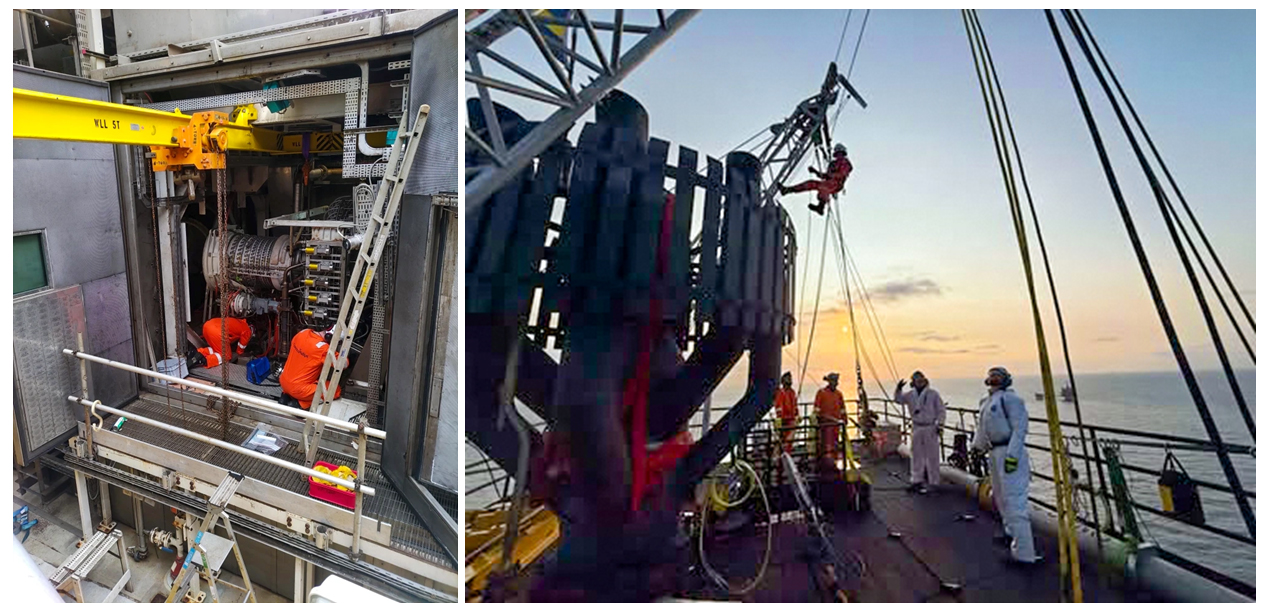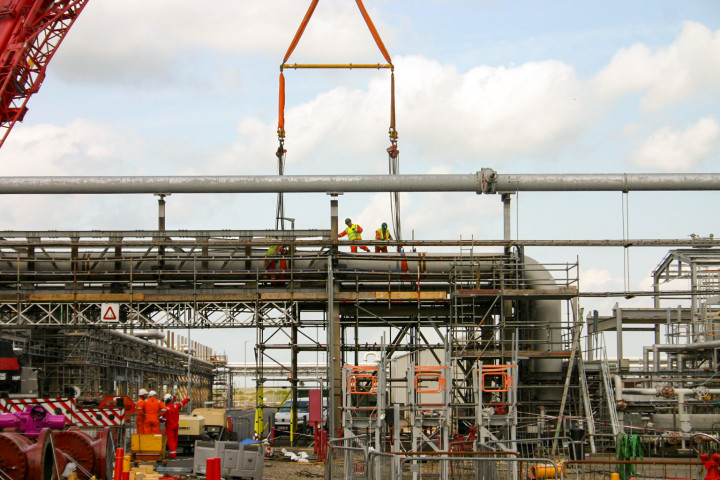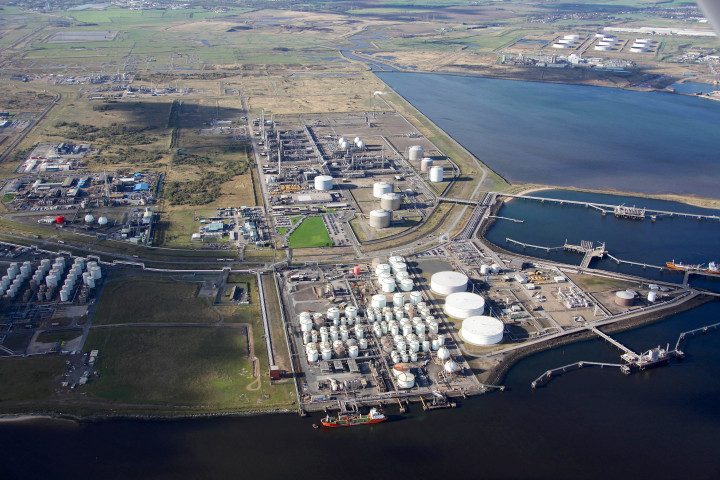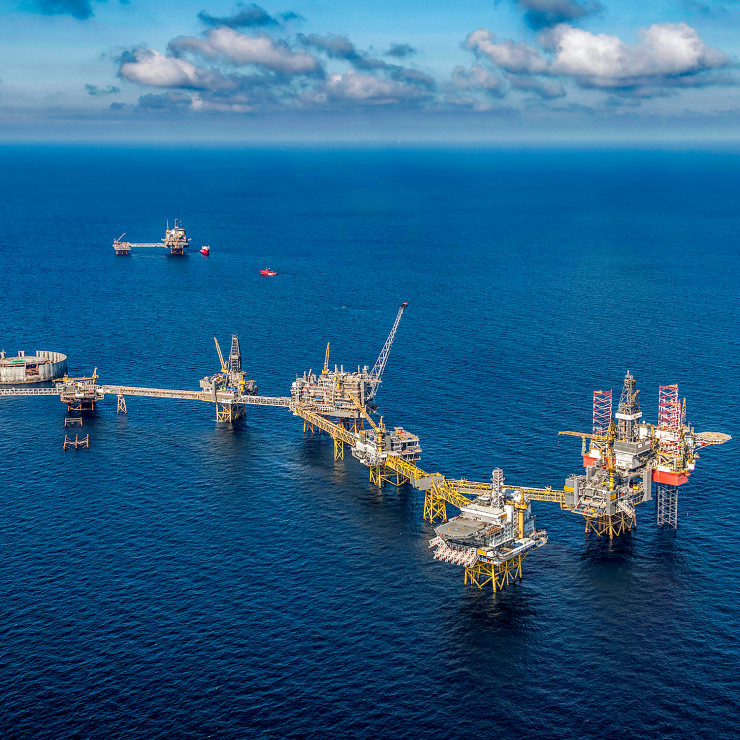Key points
-
Norway business unit completes maintenance and upgrades for Greater Ekofisk Area and Teesside Oil Terminal safely and on time
-
A key milestone achieved. A safe return to production.
-
170,000 hours offshore, 50,000 hours onshore at Teesside – zero serious incidents
On June 24, ConocoPhillips Norway successfully brought production from the Greater Ekofisk Area back online following a three-week planned turnaround that included both the Greater Ekofisk Area and the Teesside Oil Terminal.
During this period, personnel carried out essential inspections, maintenance, modifications and upgrades to the business unit’s facilities. At the peak of the project, 1,400 offshore personnel were actively engaged, along with 525 individuals at Teesside.
What's a turnaround?
A turnaround refers to the planned, temporary cessation of operations at a facility or platform. It is typically done for:
-
Maintenance
-
Inspections
-
Upgrades
-
Safety checks
Personnel completed about 170,000 work hours in the Greater Ekofisk Area and 50,000 at the Teesside Oil Terminal without any serious safety, health or environmental incidents.
“Completing this undertaking without serious incidents, on time and in line with the plan reflects a strong team effort,” said Njål Tønnessen, manager, Operations Support, Greater Ekofisk Area. “The collaboration between our offshore and onshore colleagues made this success possible. Our top priority was the health and safety of our personnel.”
Greater Ekofisk Shutdown Manager Eirik Anfinsen led a highly skilled team during this year’s maintenance efforts.
“Nothing makes me happier than seeing everyone contribute and work together in a safe and effective way,” Anfinsen said.

Prior to and throughout the turnaround process, the team addressed technical and logistical matters such as vessel inspections and repair, upgrade of rotating equipment, configuring essential control systems, replacing the Ekofisk and Eldfisk Complex flare tips, managing offshore bed availability and meeting huge logistics efforts with tons of equipment in place before work started.

Dag Stian Holvik led the team who replaced the Norpipe Wye valves, which are critical components used to control the flow of oil where pipelines branch or merge. The project involved collaboration between Teesside, the Greater Ekofisk Area, Tananger and U.K. operators and shippers.
At Teesside, after over 18 months of extensive planning, personnel safely completed maintenance work totaling close to 300 jobs on 23 systems in a safe and efficient manner, with a very low amount of emergent work testament to historical investment, said Teesside General Manager Lee Murray.
“At the same time,” Murray said, “despite a very successful turnaround, we continue to learn. Our integration with colleagues both offshore and onshore in U.K. and Norway was seamless.”

Operational since 1975, the Teesside Oil Terminal plays a key infrastructure role in the energy supply chain. It currently receives, processes and exports approximately 250,000 barrels per day of crude oil from the Greater Ekofisk Area and other third-party shippers, enabling safe and reliable production from the North Sea.
The terminal, which currently loads around 360 vessels a year, is known for its exceptional availability record. Over the past 50 years of operation, the oil terminal has maintained a 99.98% availability uptime.









